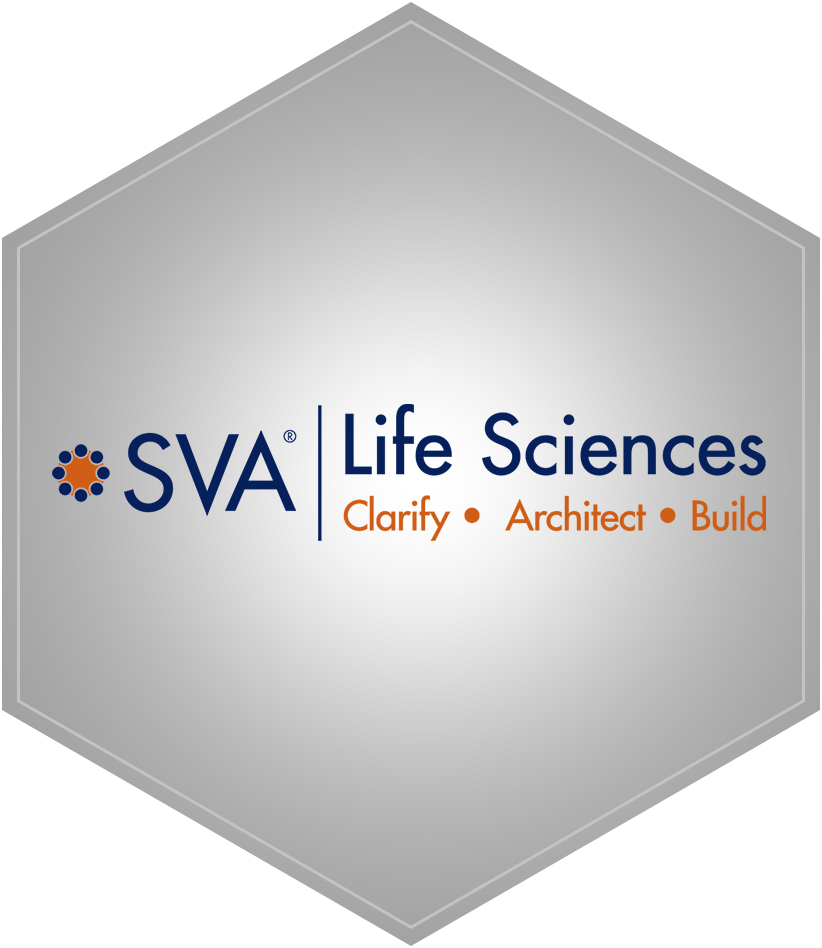Ideally, Medical Affairs organizational design should be assessed early on in Medical Affairs functional development to identify an optimal blueprint extending through commercial launch.
However, it is common for teams to contemplate organizational design only after activities are in progress and roles are established—a scenario where it's never too late to implement improvements.
Challenges in Autonomous Medical Affairs Organizational Design
Early Medical Affairs typically involves a single dedicated individual tasked with laying the essential groundwork for a robust Medical Affairs function, encompassing strategic imperatives, scientific platform, and organizational design.
The scientific platform serves as the bedrock for effectively communicating scientific insights within the medical community. Often, companies engage specialized vendors in scientific content development to craft their platform, lexicon, and narratives. These vendors develop an intimate understanding of the company's science, often continuing to support the ongoing refinement of scientific content.
Similarly, companies may enlist vendors to aid in shaping their strategic imperatives, recognizing the pivotal role of aligning organizational direction with long-term success.
Yet, when it comes to the crucial aspect of organizational design, companies frequently opt to navigate the terrain independently. Emerging life science ventures, characterized by agility and speed-to-launch, may prioritize autonomy, but risk overlooking the holistic perspective necessary for sustained success.
Without cohesive consideration of myriad factors—such as activities, processes, personnel, tools, inputs, and outputs—autonomous endeavors can inadvertently spawn disjointed units and interpersonal conflicts within the function.
 Insight: Balancing Capabilities and Cash in Early-Stage Life Sciences Companies
Insight: Balancing Capabilities and Cash in Early-Stage Life Sciences Companies
Benefits of Robust Medical Affairs Organizational Design
For instance, consider the complexities surrounding congress planning. Initial leaders may devise a rudimentary plan, but as operations expand, subsequent hires and evolving requirements introduce layers of intricacy, from data releases to abstract submissions.
Congress planning responsibilities may shuffle among team members before reaching the commercial stage, often leading to ambiguity and inefficiency.
A robust organizational design alleviates such uncertainties by establishing standardized processes and leveraging proven tools, ensuring continuity regardless of personnel changes or additional complexities.
Integration of Medical Affairs Organizational Design with Broader Strategy
The table below provides a visual representation of critical path activities and their implications on internal systems and processes within a Medical Affairs organizational design.

Understanding the interplay of these activities, identifying requisite resources (both internal and external), and estimating associated costs form the foundation of organizational design. These considerations must be seamlessly integrated into the broader organizational strategy, encompassing factors such as time to launch, disease rarity versus prevalence, pipeline expansions, global reach, and strategic decisions regarding launching versus acquiring products.
Medical Affairs Consulting
SVA offers support to emerging Medical Affairs teams in blueprinting organizational design and implementing it effectively. Within Medical Affairs, SVA provides standardized procedures and tools to streamline execution across various activities, ensuring efficiency and consistency.
Contact us today to learn more about how we can help you and your Medical Affairs teams reach your goals.

© 2024 SVA Life Sciences

